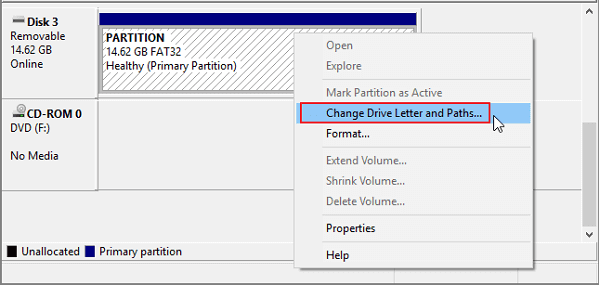
- Ntfs for mac unable to can't conect active install#
- Ntfs for mac unable to can't conect active full#
- Ntfs for mac unable to can't conect active download#
So I'm hoping to restore that back-up overnight and wake up to a fully functioning machine, but I am afraid it won't do anything and I'll have to go the nuclear route tomorrow and do a clean install.Īny updates on your situations would be great, we might be able to help each other out.

Ntfs for mac unable to can't conect active full#
So I had to find a large enough USB Hard drive, spread all the files on it over my macbook and a few smaller drives so I can use this large one for a new full 1TB back-up, which has been running for over 7 hours and is about halfway done :/ I was also unable to open the back-up folder on the Time Capsule, I could connect to the Time Capsule, saw the back-up folder for my iMac, but opening it was impossible.

If I told it to make a back-up it would start the process, say "preparing" and hang there. Time Machine hasn't been making back-ups since High Sierra was installed! It couldn't. I'm currently working on the back-up restore part, but when I wanted to start on that I came across another issue.
Ntfs for mac unable to can't conect active install#
If that doesn't work the last option the guys saw was to just do a clean install and take all my files out of the back-up and put them back manually. The next step I am currently working on is putting back a Time Machine back-up through recovery boot, to see if that fixes things. So I grabbed a USB hard drive, and installed MacOS on that, which works flawlessly.
Ntfs for mac unable to can't conect active download#
We are pretty sure the MacOS installation is messed up in some way, which is weird since I already reinstalled it through a recovery boot, if a bit fell over during download or installation, a reinstall should have fixed it, but it didn't. I ended up setting up some steps with the second line guy, I would go through and report back with the results. They hadn't encountered this issue before, had some great ideas on the cause and possible solutions, but we were unable to fix it. I spent over an hour on the phone with Apple Care yesterday, the two guys who tried to help me were stumped. User Approved Kernel Extension Loading… – Pike's Universum I would recommend waiting until 10.13.1 or 10.13.2 to see if the issue gets fixed, and then undoing this fix by repeating the same steps, but typingįor more information, see the following website: You will no longer see the notification panes telling you a Kernel Extension was blocked they will all be automatically allowed, just as they were in macOS 10.12. Then reboot your Mac, and you should be good. Please restart for changes to take effect. You will see a "$" prompt in the terminal window.

A window will open up that allows you to type text-based terminal commands. If you look at the top of the screen, where the Apple menu would ordinarily be, you will see a "Utilities" drop-down menu. On my machine, I had to hold command-R for quite a while, at least 60 seconds.Įventually you will see a screen that gives you a couple of options, including reinstalling or running Disk Utility. Basically, you can turn off the security feature requiring user approval of Kernel Extensions.įirst, boot into Recovery Mode by rebooting and pressing and holding command-R as soon as you see the Apple logo. It isn't a great workaround, security-wise, but it does get you back to the behavior of macOS 10.12.


 0 kommentar(er)
0 kommentar(er)
